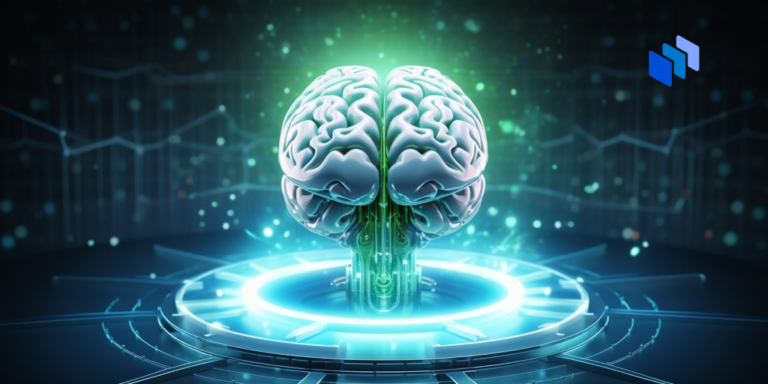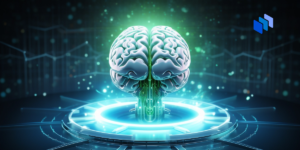Deep learning is a subset of machine learning, which is itself a subset of artificial intelligence (AI). It focuses on using neural networks with many layers (hence “deep”) to model complex patterns in data. This guide will take you through the fundamental concepts, techniques, and applications of deep learning.
What is Deep Learning?
Deep learning involves the use of neural networks with multiple layers to process and learn from large amounts of data. These neural networks are inspired by the structure and function of the human brain, with interconnected neurons (nodes) that can learn to recognize patterns and make decisions.
The “deep” in deep learning refers to the number of layers in the neural network. Traditional neural networks might have one or two layers, whereas deep neural networks can have dozens or even hundreds of layers, each capable of learning different levels of abstraction.
Key Concepts in Deep Learning
- Neural Networks: The foundation of deep learning, neural networks consist of layers of nodes. Each node processes input data, applies a weight and bias, and passes the result through an activation function to produce an output.
- Layers:
- Input Layer: Receives the initial data.
- Hidden Layers: Intermediate layers that process the input data. The number of hidden layers contributes to the “depth” of the model.
- Output Layer: Produces the final output, such as a classification or prediction.
- Activation Functions: Functions that introduce non-linearity into the network, allowing it to learn complex patterns. Common activation functions include ReLU (Rectified Linear Unit), sigmoid, and tanh.
- Training: The process of adjusting the weights and biases of the neural network to minimize the error in predictions. This is typically done using a technique called backpropagation, combined with an optimization algorithm like gradient descent.
- Loss Function: A function that measures the difference between the predicted output and the actual output. The goal of training is to minimize this loss.
- Optimization Algorithms: Methods used to adjust the weights and biases to minimize the loss function. Examples include stochastic gradient descent (SGD), Adam, and RMSprop.
Techniques in Deep Learning
- Convolutional Neural Networks (CNNs): Primarily used for image and video processing, CNNs utilize convolutional layers to automatically learn spatial hierarchies of features.
- Recurrent Neural Networks (RNNs): Designed for sequence data, such as time series or natural language, RNNs have connections that form cycles, allowing them to maintain a “memory” of previous inputs.
- Long Short-Term Memory Networks (LSTMs): A type of RNN that can learn long-term dependencies by incorporating mechanisms to preserve information over long sequences.
- Generative Adversarial Networks (GANs): Consist of two neural networks, a generator and a discriminator, that compete with each other. GANs are used for generating realistic data, such as images or text.
- Autoencoders: Neural networks designed to learn efficient representations of data, typically used for dimensionality reduction or anomaly detection.
Applications of Deep Learning
- Computer Vision: Including image classification, object detection, and facial recognition. CNNs are particularly effective in this domain.
- Natural Language Processing (NLP): Tasks such as language translation, sentiment analysis, and text generation. RNNs, LSTMs, and Transformers are commonly used.
- Speech Recognition: Converting spoken language into text, as seen in virtual assistants like Siri and Alexa.
- Healthcare: Applications include medical image analysis, disease prediction, and personalized treatment recommendations.
- Autonomous Vehicles: Deep learning models are used for object detection, path planning, and decision making in self-driving cars.
- Finance: Fraud detection, algorithmic trading, and risk management are some of the financial applications of deep learning.
Challenges in Deep Learning
- Data Requirements: Deep learning models require large amounts of data to perform effectively, which can be a barrier for some applications.
- Computational Resources: Training deep neural networks can be computationally expensive, often requiring specialized hardware like GPUs or TPUs.
- Interpretability: Deep learning models are often seen as “black boxes” because it can be difficult to understand how they make decisions.
- Overfitting: With their high capacity for learning, deep neural networks can sometimes overfit the training data, performing well on training data but poorly on unseen data.
Conclusion
Deep learning has revolutionized many fields with its ability to learn from and make sense of large amounts of data. From computer vision to natural language processing, its applications are vast and continually expanding. Despite challenges like data requirements and interpretability, the advancements in deep learning promise a future where machines can perform increasingly complex tasks with high efficiency and accuracy.





+ There are no comments
Add yours